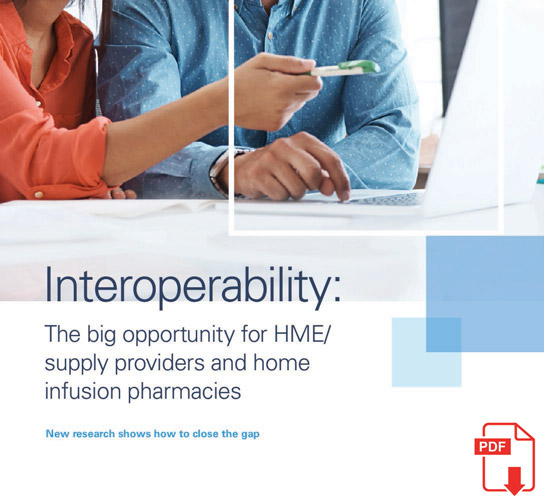Overcoming barriers to adopting interoperable technology
Reading Time: 6 minutes Research we conducted last year shows that 99% of referring providers in acute and ambulatory hospital settings, as well as physician offices, prefer to work with post-acute partners with whom they can interoperate effectively.




